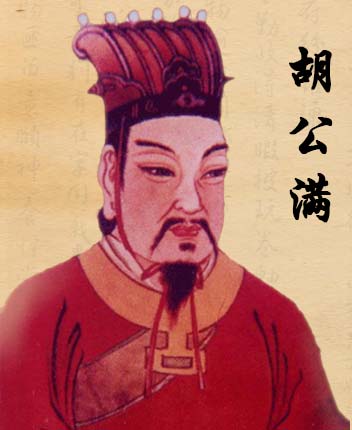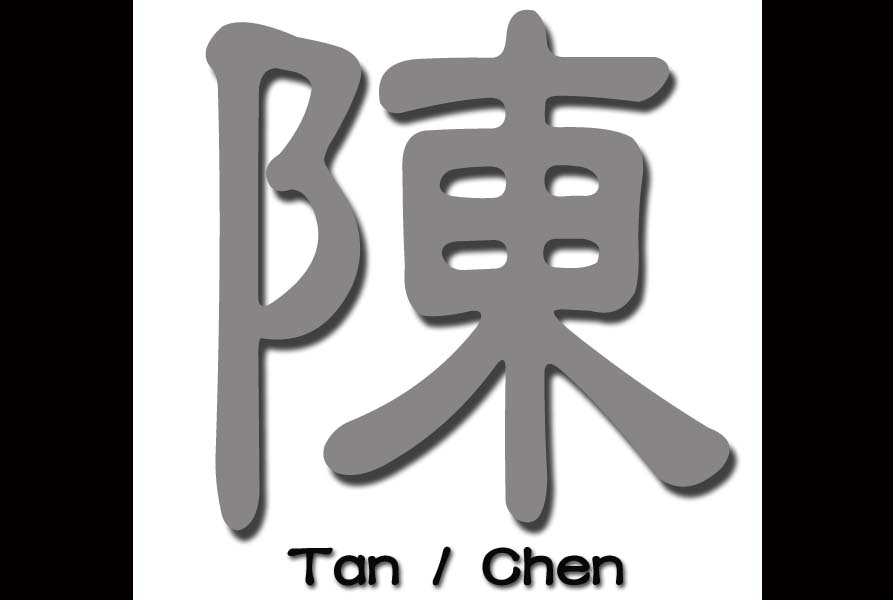One in every 10 Tsinoys is a Tan (陳 Chen in Mandarin). It is the most populous surname in the Chinese-Filipino community, with almost 10 percent of Tsinoys carrying the family name. In China, more than 54 million Chinese bear this surname, making it the fifth most populous there.
In the Philippines, during the late Spanish period, famous Capitan Chino Carlos Palanca’s Chinese name was Tan Quien Sien (陳謙善). Today, our contemporary Chinese kapitan and taipan is Lucio Tan.
Many Tans live in Lucena City, Quezon. In Jolo, Sulu, the Tans are descended from a long line of rulers. The current governor of Sulu, in fact, is a Tan (Abdusakur Tan) who is related to many other renowned Tan personalities in Jolo including accountant Ancheta Tan, former commissioner of the Bureau of Internal Revenue, and historian Dr. Samuel K. Tan.
The earliest ancestor of the Tan surname is Wei Man (媯滿), 34th generation heir of Sun (舜), the second legendary emperor of China.

During the Zhou (周) Dynasty (11th century BC), being the heir of Emperor Sun, Wei Man was conferred by Emperor Zhou Wu (周武王) as a noble in the state of Chen (陳國) in Henan province.
When Wei Man passed away, he was bestowed a posthumous title as Chen Hu Gong (陳胡公) and since then, his heirs started to use 陳, the name of their state, as their surname.
Despite their illustrious ancestry, no Tans — 陳 — ever became emperor.
Instead, the leader of the famous peasant rebellion against the rule of emperor of Qin Dynasty (221-207 BC) was a 陳 by the name Chen Sheng (陳勝). — First published in Tulay Fortnightly, Chinese-Filipino Digest 22, no. 17 (Feb. 16-March 1, 2010): 5.
